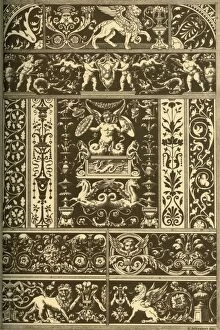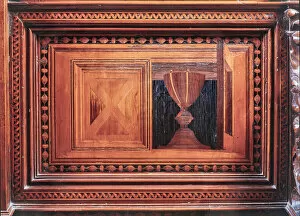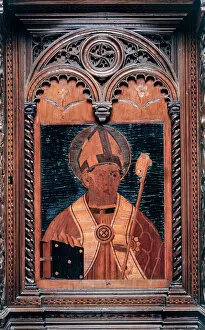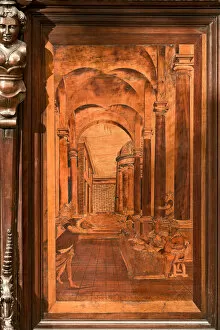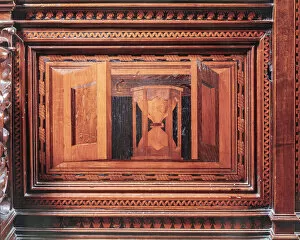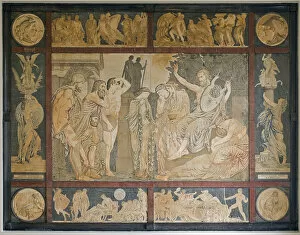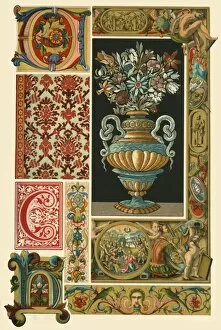Intarsia Collection
Intarsia, a captivating art form that emerged during the Italian Renaissance, is a true testament to the skill and creativity of its craftsmen
All Professionally Made to Order for Quick Shipping
Intarsia, a captivating art form that emerged during the Italian Renaissance, is a true testament to the skill and creativity of its craftsmen. Combining elements of sgraffitos, wood-mosaic, marble-mosaic, and bas-reliefs, intarsia creates stunning masterpieces that continue to mesmerize viewers even today. One remarkable example of this technique can be found in the magnificent Genoa Duomo (St Lawrence Cathedral). As you step inside and make your way towards the apse and choir on the South side, you will encounter an awe-inspiring sight: "The Massacre of Innocents, " a wood intarsia masterpiece by Giovanni Francesco Zambelli from the 16th century. The intricate details and meticulous craftsmanship bring this tragic scene to life before your eyes. As you explore further into the cathedral's interior, you'll discover more extraordinary examples artistry. A throne depicting St. Ambrose catches your attention with its exquisite wooden design. Nearby stands a bench adorned with a panel showcasing a chalice – both pieces demonstrating the immense talent required for creating such delicate works. Moving along through time within these sacred walls, another striking piece captures your gaze - an intricately designed bench featuring panels crafted between 1461-77. Each panel tells its own story through carefully arranged wood intarsia patterns that seem almost alive as they depict various scenes. Continuing into the choir area dated back to 1471; it becomes evident how integral intarsia was in enhancing religious spaces' beauty during this era. Panels portraying saints like St. Augustine and St. Gregory grace these wooden structures with their divine presence. Onward to explore further wonders within Genoa Duomo's apse and choir on its North side awaits yet another breathtaking creation by Giovanni Francesco Zambelli – "Salome with the head of Baptist. " This wood intarsia artwork showcases his mastery once again as he captures the intensity and drama of this biblical scene.



